New Delhi: In the opulent interiors of ZLB23 at the Leela Palace, Bengaluru, velvet curtains and sparkling chandeliers draw heavily on the elegance of Kyoto and the Prohibition era. This speakeasy—a secret bar that has everyone talking—is the only Indian bar to make it onto Asia’s 50 Best Bars 2024 list.
Yet, it’s not standing alone. Four Indian bars have also made it to the extended 51-100 list—The Bombay Canteen (59) in Mumbai, and Lair (68), Sidecar (84), and Home (96), all in New Delhi.
This growing recognition shows how Indian bars have moved beyond the traditional cut-and-paste menu—Cosmopolitan, Piña Colada, Margarita, Sex on the Beach, Long Island Iced Tea, Bloody Mary, and Moscow Mule—to a vibrant, innovative cocktail culture.
“India’s bar scene has become a melting pot of global trends and local flavours, with mixologists experimenting with indigenous ingredients and international techniques,” said Rohan Carvalho, founder of Bar Square Academy of Bartending. The rise of a globally travelled middle class with a discerning palate has fuelled the demand for high-quality cocktails and unique drinking experiences.
At the recent awards ceremony in Hong Kong, bartender Yangdup Lama, the co-owner of New Delhi’s Sidecar, was honoured as the Roku Industry Icon 2024. His bar, Sidecar, was named the best bar in India last year.
“This award is a nod to the craft of bartending in India. It is also an acceptance. Being recognised as the icon of the Asian bar industry shows that India is not too far away,” Lama said during his acceptance speech.
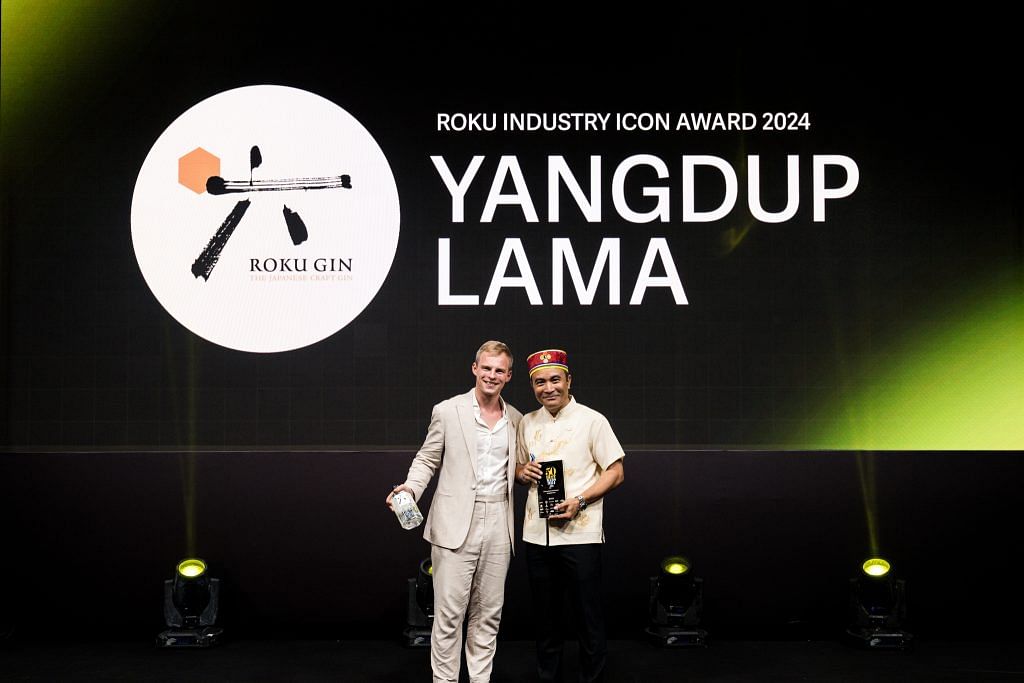
The platinum age
Since the announcement, Lama’s WhatsApp has been buzzing with congratulations.
“My objective was to create a neighbourhood bar. This recognition is the cherry on top,” he said.
Lama’s journey from the quaint village of Gayabri in Darjeeling to establishing one of Delhi’s most iconic bars is extraordinary. Located in Greater Kailash Market 2, just a stone’s throw from Sidecar, you’ll find ten other bars. However, Lama set out to stand apart, creating a New York-style neighbourhood bar in the heart of the national capital.
Sidecar blends a cozy coffee shop on the first floor with an inviting bar on the second. It’s not a club or pub but a space where deafening music doesn’t drown out your conversations. The ambiance is classy, featuring mid-century-inspired furniture and a design dominated by wood and Archi Concrete.
With 28 years of experience, Lama’s journey from bartending at Saif Ali Khan and Kareena Kapoor’s wedding to co-owning Sidecar and Cocktails and Dreams in Gurugram is as smooth as his cocktails.
Lama has witnessed India’s bar scene evolve from the ‘hide and drink’ culture to making alcohol a central part of celebrations. The 1980s “Disco era” introduced colourful cocktails like Blue Lagoon, Alabama Slammer, and Amaretto Sour, but the past 20 years have been the platinum age of cocktails.
Earlier, Indians perceived cocktails as just fruit juices mixed with liquor, and many “mispronounced mojito.” Now, classics like the Old Fashioned, the complexity of a Martini, or a balanced Negroni are commonly understood and stir up lively discussions.
“That’s a long journey India has taken,” said Nitin Tewari, bartender and beverage consultant.
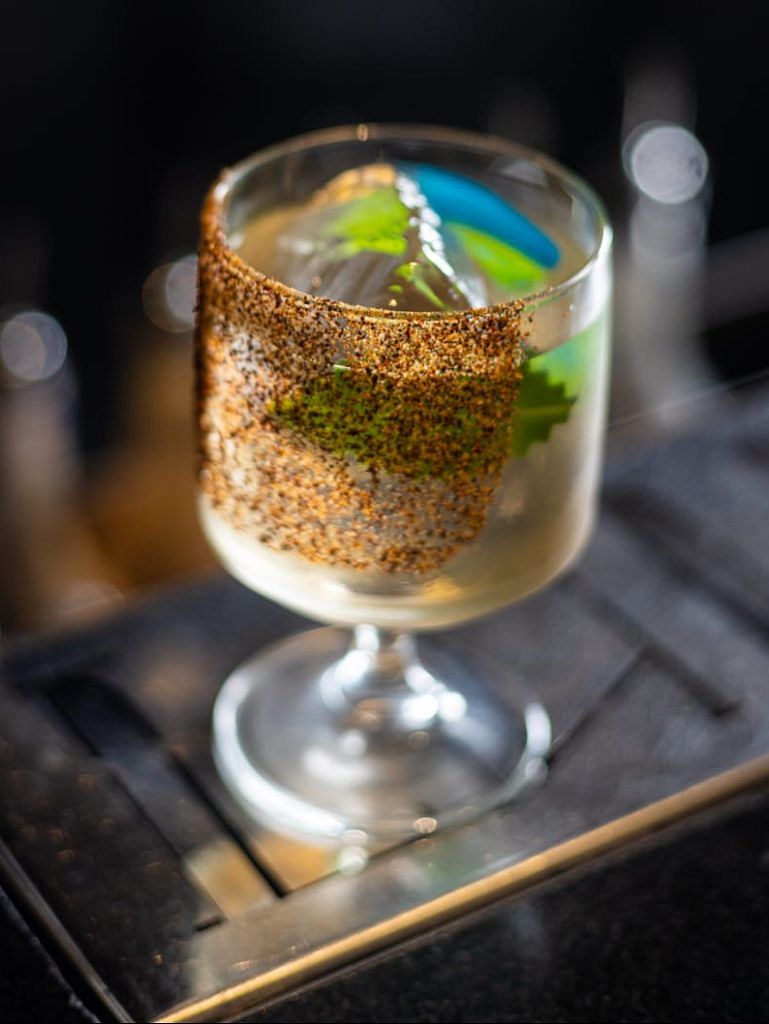
Science behind the craft
Indian bars no longer just focus on ‘vibe and atmosphere’ but also on perfecting cocktail quality.
“Nowadays, bars have labs where they experiment,” said Rakshay Dhariwal, founder and managing director of Pass Code Only (PCO) in Vasant Vihar, New Delhi. Techniques like using a Rotovap to remove solvents through evaporation are now commonplace.
Dhariwal started PCO in 2012 to bring a New York-style speakeasy cocktail bar to India. Its debut menu focused on classic cocktails like Whiskey Sour, Dark and Stormy, and Clover Club. Last year, it made Asia’s 50 Best Bars list but missed the mark this time.
“Cocktail was just a whiskey, half soda, half water at that time. Now things have changed drastically,” he said.
Distillation and fermentation have become part of the game. Then there’s the science of clarification—removing fibre from juices by separating molecules, leaving a crystal-clear concoction that’s smooth and flavourful.
Lama credits the “knowledgeable and well-travelled Indian consumer” with driving this evolution.
“When consumers evolve, the culture automatically evolves.”
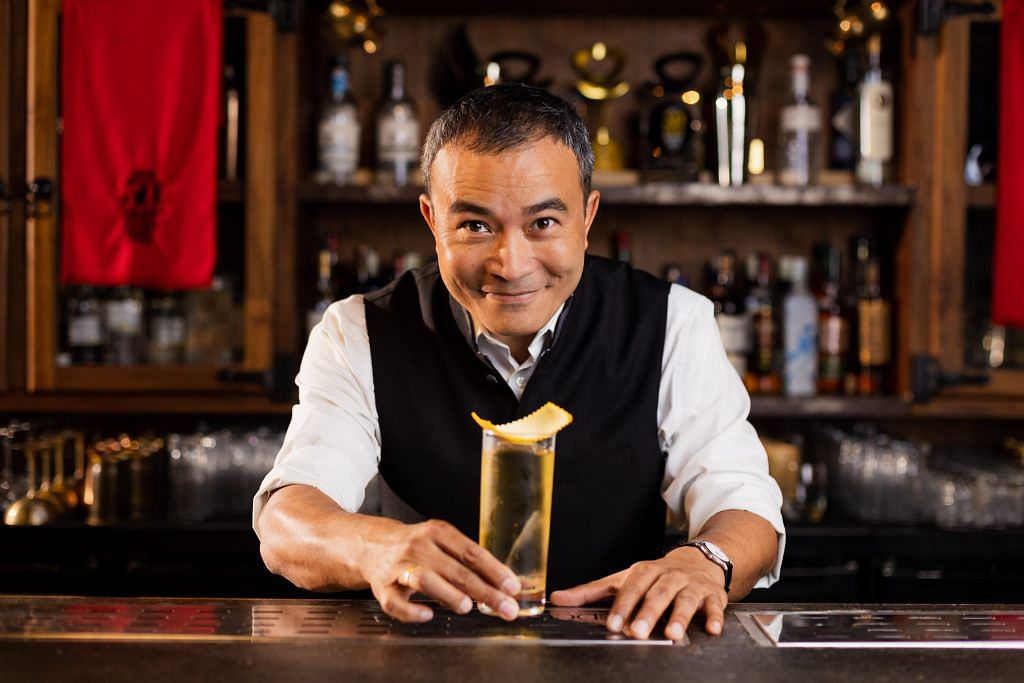
Ingredient is king
Cocktails are more than just a mixture of spirits, syrups, and mixers. They are an art form that requires attention to detail and precision.
Fresh ingredients are at the heart of a well-crafted cocktail, and Lair has certainly mastered this art. From showcasing fruits like pomelo, kala Amritsari plum, and guava to bringing in the flavours of Madras curry powder, tahini paste, and even brownies in a drink, the bar is always experimenting.
Located in Vasant Vihar’s Priya Market, Lair has an extensive menu of 32 cocktails.
“We have used 32 different ingredients to craft our current menu. One ingredient, one cocktail,” explains Navjot Singh, head bartender.
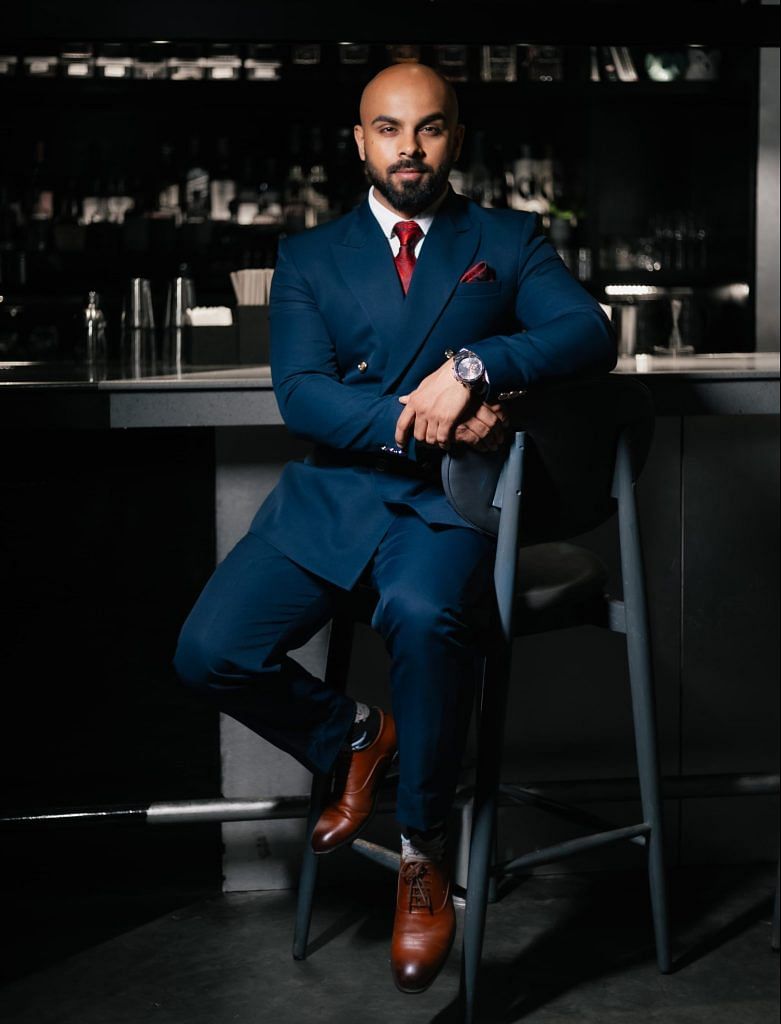
Meanwhile, Sidecar’s current menu, titled ‘Arq,’ focuses on leaves. The menu has a Hibiscus-infused tequila, a vodka drink (The Red Carpet) featuring thyme shrubs, and an infusion of Tequila with rosemary shrubs.
However, its highest-selling drink is Oh Damn Trina, a love letter to cilantro (coriander), the most favourite herb of Indian mums. Customers are obsessed with it, not only in India but also in Dubai and London. More and more mixologists are experimenting with typically Indian ingredients like pepper, chillies, tamarind, and cumin.
“More than words, I was after the expressions. One sip into the drink and their pupils would dilate and the spunk on the tongue made them go ‘wow’,” said Lama, who does bar pop-ups around the world.
Bars like PCO have switched from Italian limes to Indian varieties like Gondhoraj. But as much as ingredients matter, consumers are ultimately after flavours.
“Something like a bitter gourd could make for a great liqueur as with our Paithani cocktail at PCO Bombay. It all depends on how creatively the bartenders incorporate the ingredient,” Dhariwal added.
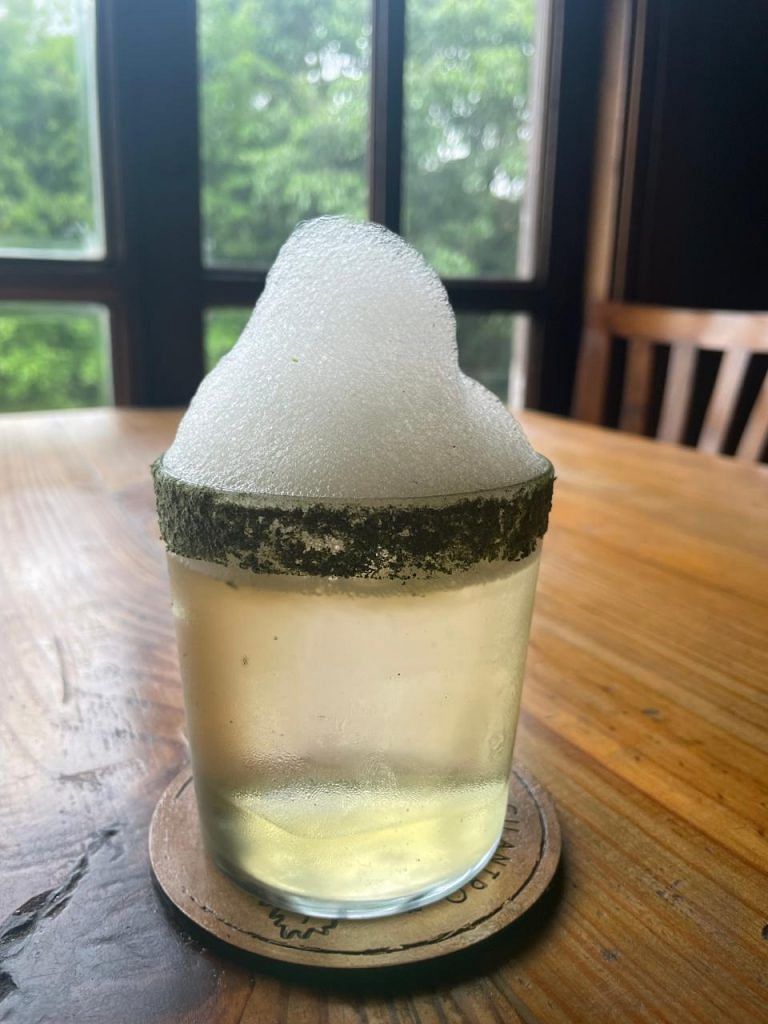
Spending power
In India, people might choose to drink Imperial Blue worth Rs 640 (750ml) instead of spending Rs 1,200 on a cocktail. It’s a price-sensitive market. However, Lama notes that the consumer base willing to spend Rs 800 to Rs 1,000 on a cocktail is growing.
While metropolitan cities lead the charge, smaller towns like Lucknow, Chandigarh, Nagpur, Indore, Kochi, Coimbatore, Puducherry, Dehradun, and Mangalore are also experiencing a surge in cocktail bars and lounges, according to Carvalho, who consults on opening bars across the country.
“Fifteen years ago, you would have never thought of spotting a cocktail bar in Coimbatore, but today, many entrepreneurs take me on board for setting up such bars,” he shared.
The average price of a cocktail in metropolitan cities is Rs 800 plus taxes, and it drops to Rs 450 in Tier-2 cities.
“Either you pinch the pocket twice or thrice a month, or you do it once. Customers won’t come back in the case of the latter,” Navjot said.
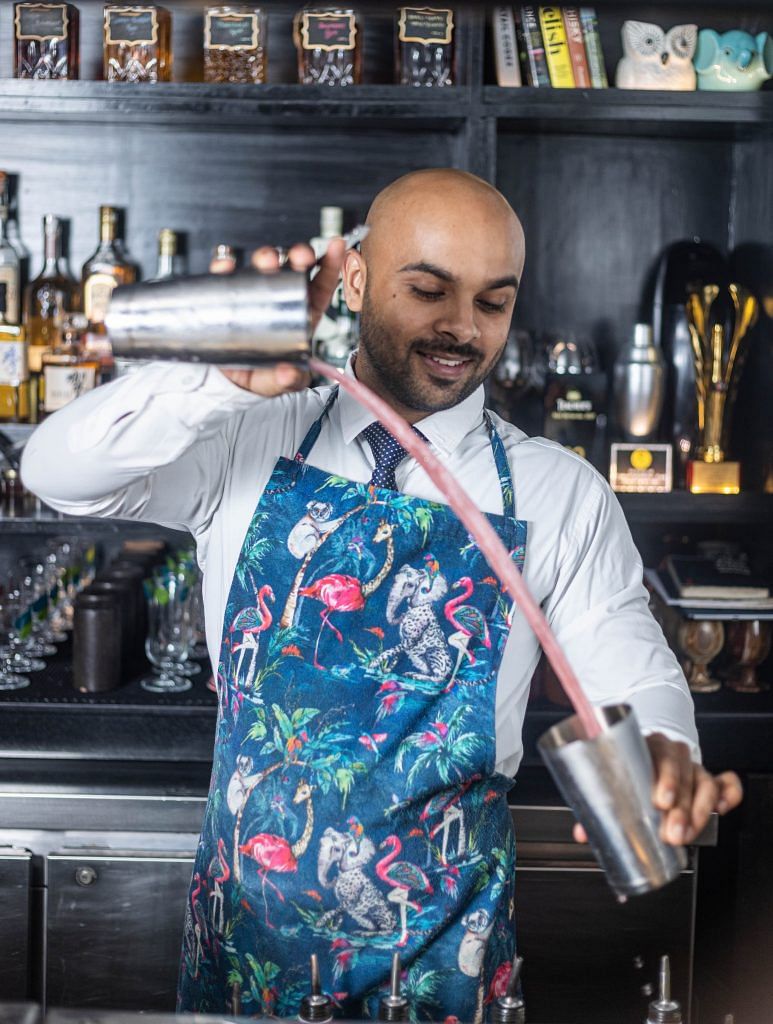
Bartenders, cultural influencers
Bartending is an art, and not everyone is an artist. There are various complexities: under-pouring, over-pouring, flat drinks, warm drinks, under-dilution, over-dilution—the list goes on. Bartenders have to navigate all this while making the drink as good as possible.
“When the bar is closed, I hold a meeting with my team every day. We reflect on the rights and wrongs, customer demand, and popular drinks,” Navjot said.
Lately, Picante—a tequila-based drink with a spicy-sour flavour—has become popular. This chaat in a glass is made with chili and coriander mixed with tequila, lime juice, and agave syrup.
Navjot recounted a hilarious incident of a pregnant customer who called him saying, “I am craving the picante and it is going to be the first thing I drink post-pregnancy”. “Honestly, I am waiting to serve her the drink,” he said with a laugh.
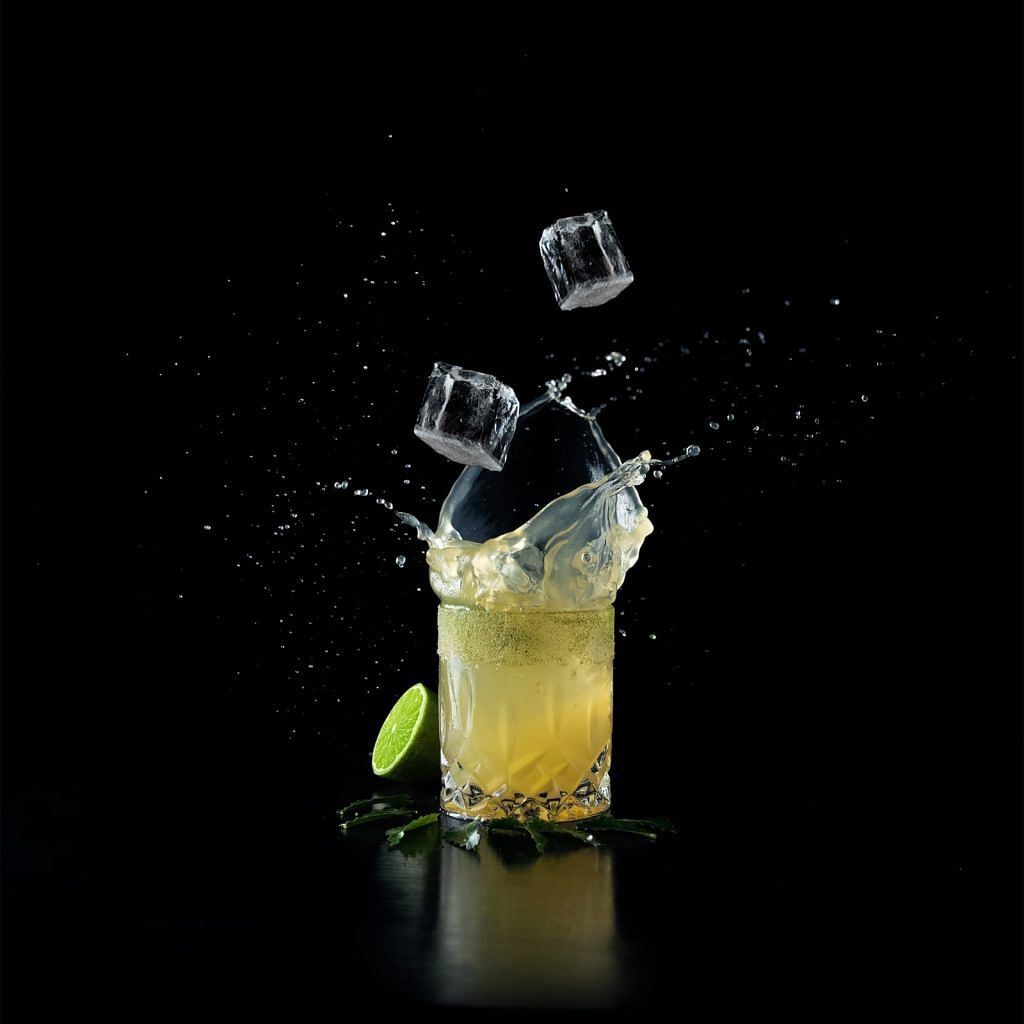
In India, the image of bartenders has undergone a vibrant transformation, evolving from mere servers to skilled professionals. Today, they are cultural influencers shaping the country’s nightlife.
Bartenders are no longer just behind the counter. They are getting recognised for their craft, reflected in prestigious awards, growing media coverage, and a surge in professional bartending events.
However, Indian bartenders are unlike those depicted in Hollywood films.
“Our conversations are casual—about their daily lives, their work, and especially their mood because it gives us a lead. We don’t jump into their personal lives or spaces,” Navjot said.
That said, bartending is no longer a side hustle for paying bills. It is a full-fledged career.
The average salary of a bartender ranges from Rs 30,000 to Rs 2 lakh per month, with some even receiving partnership stakes in restaurants. In many cases, bartenders eventually start their own bars. Tewari recalled a bartender who trained with him and later opened his own bar in Mangalore.
“It’s a smart move. There is no competition in smaller cities, so you get the first-player advantage. Bartenders are taking this cocktail culture to areas where the craft is still unexplored,” he said.
As millennials and Gen Z drinkers assume the spotlight, spirit brands have adjusted their marketing strategies. Social media now plays a crucial role in connecting brands with younger consumers.
“Following the footsteps of Instagram bartenders, when people tried recreating cocktails at home, they realised how complex they are. This has led to greater respect and appreciation for the art of bartending,” said Navjot, who enjoys a following of over 6.5k on Instagram.
The rise of influencer marketing has also spurred online conversations, with endorsements from celebrities like George Clooney, Dwayne “The Rock” Johnson, and Nick Jonas adding to the excitement. Lama, Navjot, and Dhariwal agree that “travel has played a key role” in this evolution. Bartenders often turn to each other for inspiration, making ‘bar takeovers’ a popular trend.
Last October, Paradiso, one of Barcelona’s most renowned bars, did a bar takeover at Mumbai’s Masque Restaurant. Meanwhile, chef Niyati Rao’s Ekaa in Mumbai conducted a takeover at Nairobi’s Hero Bar and Sinnerman in 2022.
“Indian bartenders are gaining international recognition by showcasing their mixes abroad. They are also bringing back nuances,” said Dhariwal.
Dhariwal recounted how his head bartender’s first trip abroad, where he discovered that coconuts aren’t allowed on flights, “inspired the creation of a cocktail named ‘Forbidden Tales’—a nod to ingredients prohibited in various parts of the world.”.
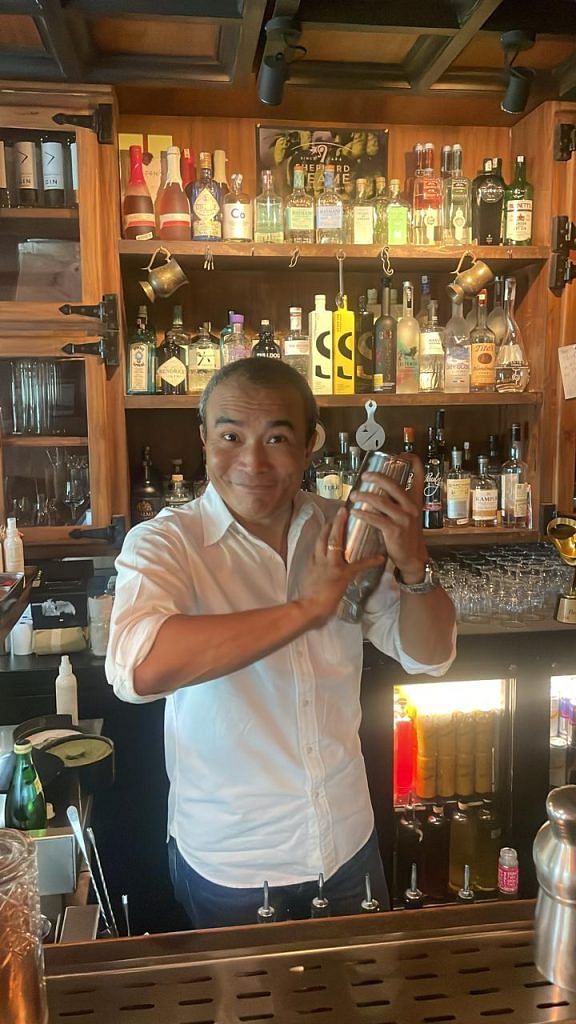
‘Not the parents’ drink’
Craft cocktails, artisanal spirits, and global drinking trends have become mainstream in India over the past five years.
“People don’t just walk into a bar to drink—they can get drunk at home. They come for the experience,” said Lama. He also notes that today’s customers are attentive to the finer details, from the comfort of the seating to the aesthetics and the music. The societal mindset toward alcohol has also changed.
“Drinking has become socially accepted,” said Varun Khera, Noida head of National Restaurant Association of India (NRAI). “People now celebrate every milestone, big or small, and drinking has become a crucial element.”.
While Lama doesn’t distinguish between cocktails for men and women, he said that people over 45 are less likely to change their whiskeys and wines. Younger patrons, however, are more open to new and unusual tastes.
“No one wants to drink what their parents were drinking, but agave is a common favourite across age groups, especially among younger millennials and Gen Z,” Dhariwal said.
Women are also driving change through their adventurous palates and influencing drink offerings in bars and restaurants.
“Many of our female customers request custom drinks based on their mood or specific flavour profiles they are craving. They like to be surprised,” Navjot said.
Unlike Delhi, cocktails were not traditionally part of Bengaluru’s DNA, a city that reveres its breweries. But bars like ZLB23 are changing that narrative.
When the team envisioned their in-house bar in October 2021, they aimed for top-tier status.
“We are truly humbled. It is an incredible honour,” said Madhav Sehgal, South India vice president, The Leela Palaces Hotels & Resorts.
ZLB23 evokes the charm of the Prohibition era with its heavy velvet curtains and crystal chandeliers. During Prohibition (1920 to 1933), the production, importation, transportation, and sale of alcoholic beverages were banned. This led to the birth of speakeasies—secret bars where people could get illicit drinks.
Head bartender Rajib Mukherjee noted that Japanese bartenders possess a deep-rooted foundation that mirrors their ethos, and ZLB23 aims to replicate this craftsmanship. The bar features popular cocktails like Kyoto Sunrise, Show You Ramen, and Oriental Margarita, along with an impressive collection of Japanese whiskies such as Tenjaku, Akashi Red Blended, Hibiki, and Komagatake.
Tequila in, gin out
One tequila, two tequila, three tequila, floor. This spirit has emerged from its party image to become the star of fancy cocktails.
“Gin has had its moment, but now it’s tequila’s time to shine,” said Navjot, noting the current obsession with tequila in Delhi.
Artisanal small-batch brands like Clase Azul and Casa Noble, as well as aged varieties such as Don Julio 1942 and Reposado, are stealing the limelight.
Fruit-flavoured tequilas, like lemon, lime, and grapefruit, are gaining popularity for their sweeter taste, appealing to newcomers who might find traditional tequila’s bold flavours intimidating. Meanwhile, seasoned tequila drinkers are exploring spicier options, such as jalapeño and ghost pepper infusion, which are an ode to tequila’s Mexican heritage.
“Only 10-15% of people prefer strong, spirit-forward drinks, while the rest lean toward milder flavours,” Navjot said.
Rum, the spirit of the future
Rum-based cocktails are poised to be the next big trend in India’s vibrant drinking scene, predicts Mukherjee from ZLB23.
With its versatility and rich flavour profile, rum offers an exciting departure alternative to the traditional whiskey and vodka-based drinks that have dominated the market. Its compatibility with local ingredients like kokum and spices enhances its appeal, making it a perfect fit for India’s diverse palate. Rum can be mixed with ginger beer, lime juice, pineapple juice, cola, and coconut liqueur.
As more bars and consumers embrace rum’s potential, it is set to become a prominent choice in India’s evolving cocktail culture.
“A lot of Indian rum brands are [now] creating luxury products. This has changed people’s perspective,” said Tewari.
Historically, India has always been a rum-drinking country, but the quality was not premium enough to gain recognition.
It took Lama 18 years to open his first establishment, Sidecar, which he considers a stroke of luck. The business can be brutal on the pocket, especially for young entrepreneurs. For example, registering a bar in Delhi costs Rs 25 lakh, and in Gurugram, the annual fee is Rs 20 lakh if the bar closes by midnight or Rs 40 lakh if it stays open until 2 am, according to Khera said.
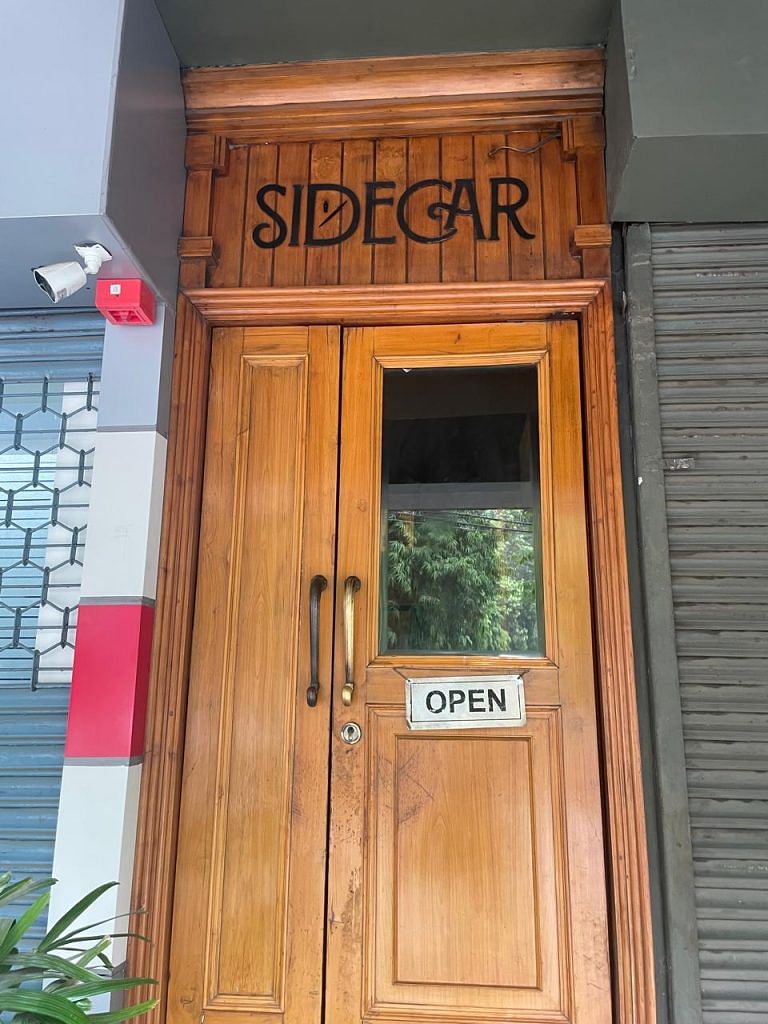
Shifting excise policies and state taxes further challenge bars’ ability to stay in business.
“A Bacardi bottle in Delhi costs Rs 650, whereas in Karnataka, it is sold for Rs 1,800,” said Navjot. Along with other bartenders and restaurateurs, he advocates for a unified national excise policy to provide greater stability.
According to Tewari, the best bars globally are often small, bartender-run establishments. However, given India’s excise laws and licensing fees, running a small bar is economically unfeasible.
Despite these challenges, Indian bars are making their presence felt on the international stage. The country’s organised pub and bar sector is now worth Rs 27,807 crore, with an annual growth rate of 8 per cent, according to Khera.
At Lair, the rhythmic clatter of shakers echoes across the bar. There’s a sizzle, a hiss, and a plop of ice as the bartender gives the shaker a good jiggle. With a graceful swirl, he pours a transparent guava cocktail into a prepared glass, its rim coated with a spiky mix for an extra kick. With a flourish, he places the drink on the bar with the mandatory, “Cheers!”
(Edited by Prashant)



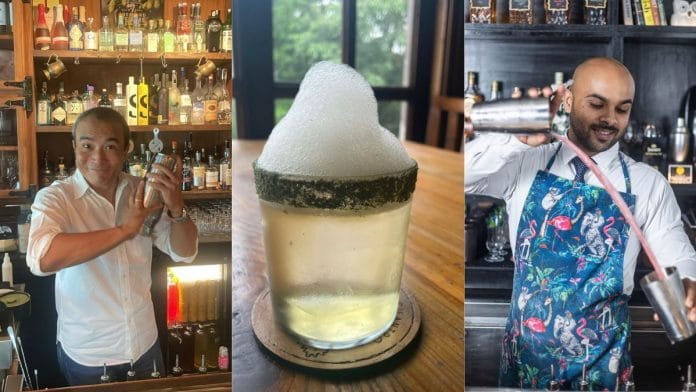



Ms. Triya Gulati seems to be on a mission to promote alcohol and alcoholism. One would like to believe that as a journalist she has much better and important things to do.
Also, The Print would do well to not promote decadence and hedonism in our society.